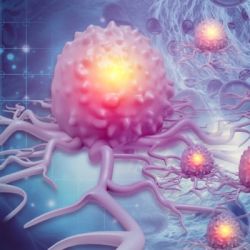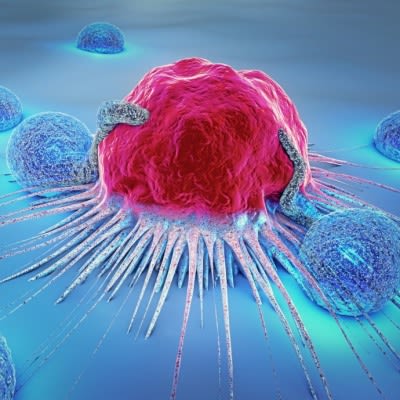Dr Michael Fuchsjäger, Chairman of the ESR Board of Directors (Graz, Austria) and Iva Biondić Špoljar of University Hospital Dubrava (Zagreb, Croatia) co-moderated a session on predictive and prognostic models in breast imaging. In this session, three experts presented on the use of Magnetic Resonance Imaging (MRI) markers in neoadjuvant chemotherapy for breast cancer.
Dr Fioana Gilbert (University of Cambridge) discussed recent research study involving 82 breast cancer patients that evaluated Dynamic Contrast-Enhanced MRI (DCE-MRI) use for neoadjuvant breast cancer chemotherapy. Standard prognostic factors were better predictors of tumour cell reduction to chemotherapy (pCR, pathological complete response) than DCE-MRI vascular kinetics at early timepoints. However, combining standard prognostic factors with DCE-MRI did improve prediction of pCR for hormone receptor positive (HR+) and triple negative (TN) breast cancers.
Dr Anna van der Voort (Netherlands Cancer Institute) presented results that diffusion-weighted imaging MRI (DWI-MRI) did not clinically increase the performance of DCE-MRI for identifying a pCR in HR+ breast cancer after neoadjuvant chemotherapy.
Dr Maria Clotitlde Sciandrello (University of Turin) presented research in 164 patients describing MRI morphological criteria that can predict axillary lymph node (ALN) response after neoadjuvant chemotherapy. Irregular margins and the absence of a fatty hilum reliably predicted pre-therapy disease and poor pCR.
For more Women's Health news Click Here
Source: ECR 2022 Overture





![Breast Imaging: Predictive and Prognostic Models [ECR 2022] Breast Imaging: Predictive and Prognostic Models [ECR 2022]](https://res.cloudinary.com/healthmanagement-org/image/upload/c_fit,f_auto,fl_lossy,h_690,q_80,w_450/v1647255607/cw/00120949_cw_image.jpg)






















